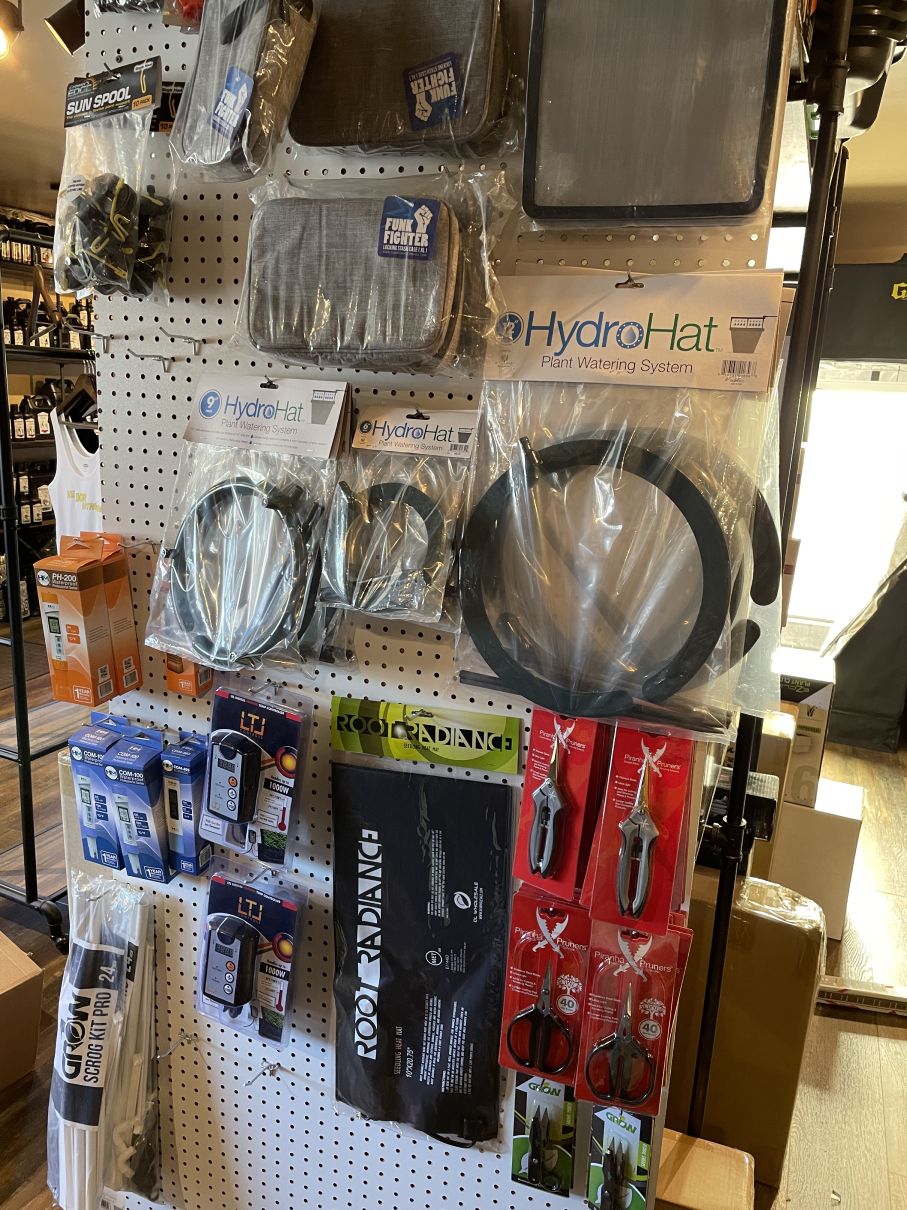Change Your Garden with The Indoor Earthworm's Growing Strategy
Change Your Garden with The Indoor Earthworm's Growing Strategy
Blog Article
Unlocking the Prospective of Hydroponics: Recognizing Its Uses and Various Kinds
Hydroponics, a technique of growing plants without dirt, has gathered boosting focus for its potential to transform farming and cultivation practices. The precision control over nutrient distribution, water usage, and environmental aspects supplies a glimpse into a future where food production can be enhanced in numerous settings. As we navigate via the elaborate landscape of hydroponic systems and techniques, it comes to be noticeable that each technique holds distinct benefits and restrictions. By deciphering the diverse usages and kinds of hydroponics, we can discover a globe of opportunities that might improve just how we envision lasting farming and horticulture techniques.
Benefits of Hydroponic Systems

Another advantage of hydroponic systems is the ability to grow plants in a smaller space. By eliminating the requirement for soil, plants can be grown vertically or in stacked systems, taking full advantage of making use of offered area. This is particularly useful in metropolitan areas or regions with limited cultivatable land. Hydroponic systems decrease the risk of soil-borne diseases and parasites, as there is no dirt to harbor these risks. This leads to much healthier plants and lowers the requirement for damaging pesticides, making hydroponic farming an extra lasting and ecologically friendly option.
Common Makes Use Of in Farming

Provided the efficient water preservation and space-saving benefits of hydroponic systems, it is evident that these cutting-edge farming methods have actually discovered common usages in different sectors of farming. The regulated atmosphere of hydroponic systems allows year-round growing, offering a constant supply of fresh fruit and vegetables no matter of exterior weather condition conditions.
Hydroponics is frequently used for growing a variety of plants, including leafy greens, tomatoes, cucumbers, peppers, herbs, and strawberries. Furthermore, hydroponic systems are made use of in study and instructional settings to examine plant nourishment, development, and cultivation methods.
Discovering Various Hydroponic Strategies
What are the various ingenious techniques made use of in hydroponics to enhance crop growing effectiveness and yield? Hydroponic systems provide an array of approaches that deal with different plant types and cultivation objectives. One popular method is the Deep Water Society (DWC) system, where plant roots are submerged in a nutrient option, giving adequate oxygen and nutrients. One more commonly used method is the Nutrient Movie Method (NFT), which includes a shallow stream of nutrient solution moving over the plant roots, promoting water and nutrient uptake. Additionally, the Ebb and Circulation system, likewise referred to as the Flood and Drainpipe system, intermittently floods the plant origins with nutrient option, enabling oxygenation throughout draining pipes periods. Aeroponics is an additional sophisticated method that involves misting plant origins with a nutrient option, making the most of oxygen absorption and nutrient uptake. Each of these techniques showcases the adaptability and effectiveness of hydroponic systems in boosting crop development and yield.
Comparing Numerous Hydroponic Solutions
Discovering the efficiency and return improvement techniques in hydroponics leads us to compare numerous hydroponic systems available for plant growing. Each hydroponic system has its distinct functions, benefits, and limitations, making it essential for growers to choose one of the most suitable system based upon their details needs and restraints.
One of the most common hydroponic systems is the nutrient film method (NFT), where a slim film of nutrient remedy continuously moves over the plant roots. In comparison, the deep water society (DWC) system immerses plant click to find out more roots straight into the nutrient option, giving sufficient oxygen and nutrients.
An additional prominent a fantastic read hydroponic system is the ebb and flow (or flooding and drainpipe) system, which occasionally floodings the plant roots with nutrient remedy before draining it. By understanding the differences in between these hydroponic systems, cultivators can make educated choices to take full advantage of crop yield and top quality.
Technologies in Hydroponic Modern Technology
One crucial technology is the development of clever hydroponic systems that utilize sensing units and automation to keep an eye on and adjust environmental problems such as pH degrees, nutrient focus, and light exposure in real-time. These systems make it possible for accurate control over growing conditions, leading to optimum plant development and greater crop yields.
One more noteworthy advancement is the combination of upright farming strategies with hydroponic systems, permitting the growing of crops in stacked layers. This vertical technique makes best use of area utilization, making it excellent for metropolitan environments where land availability is limited - The Indoor Earthworm. Furthermore, making use of innovative LED illumination systems customized to certain plant requirements has actually improved power effectiveness and improved development prices in hydroponic arrangements
Technologies like these are driving the development of hydroponics, making it a sustainable and extremely eye-catching option for modern-day farming.
Final Thought
In final thought, hydroponics supplies numerous benefits in agriculture and has different techniques and systems that can be used to maximize its capacity. Developments in hydroponic modern technology remain to enhance efficiency and sustainability in food production. By understanding the uses and different types of hydroponic systems, growers and farmers can unlock the full capacity of this ingenious approach of expanding plants without soil.
Additionally, hydroponic systems enable for far better control over nutrient degrees, pH equilibrium, and ecological problems, leading to much healthier plants and higher yields.

Report this page